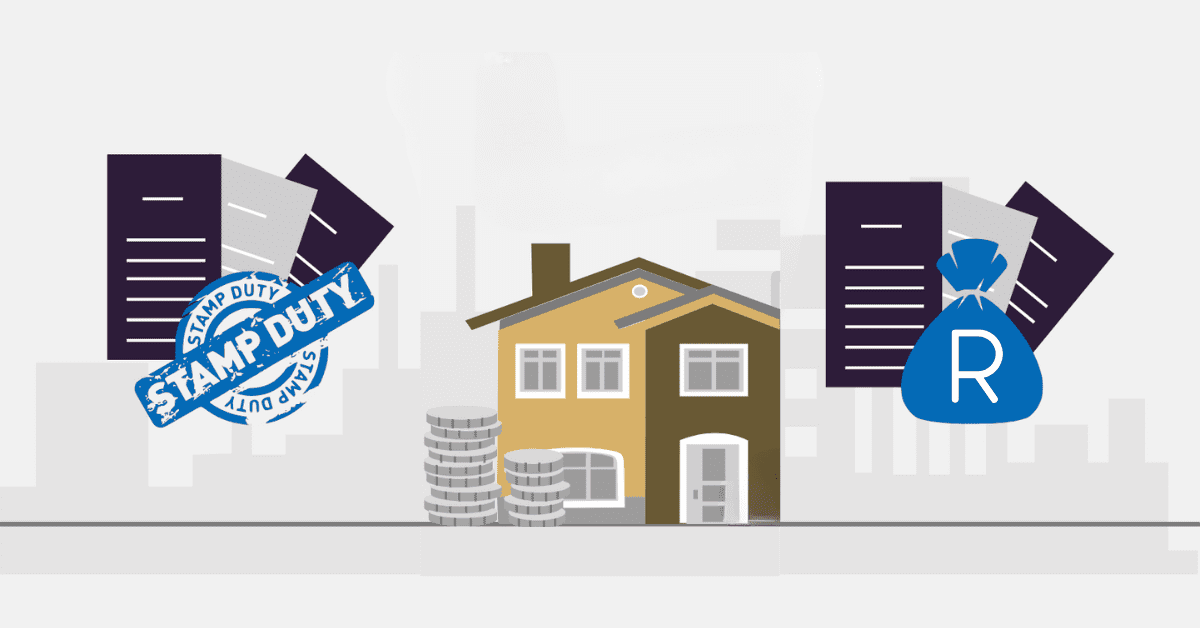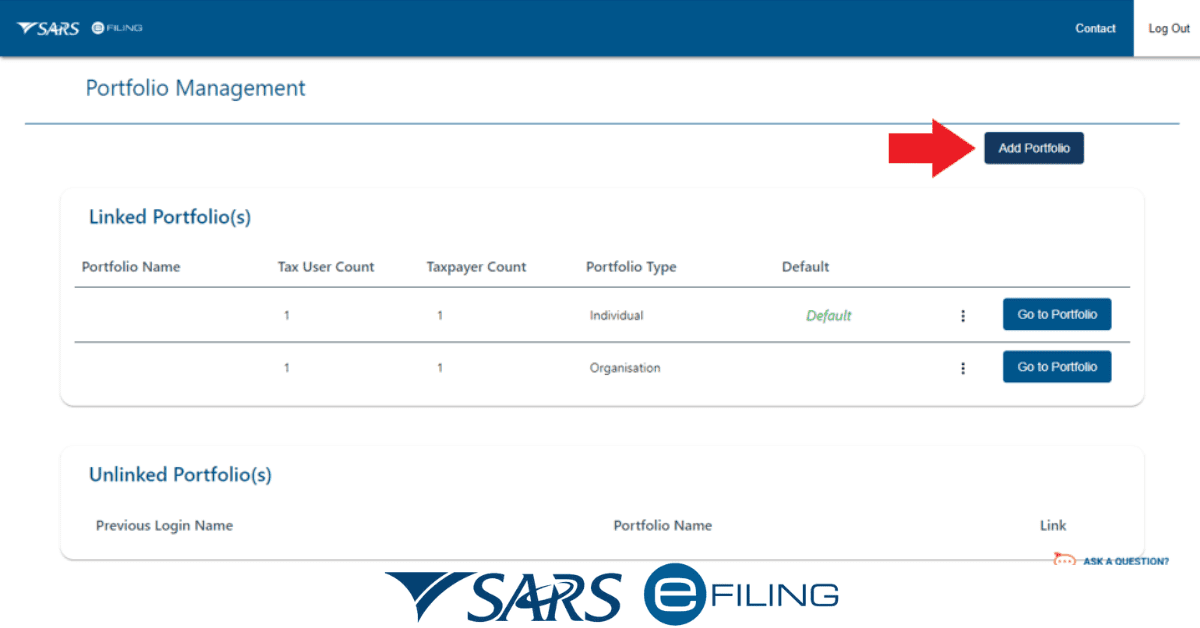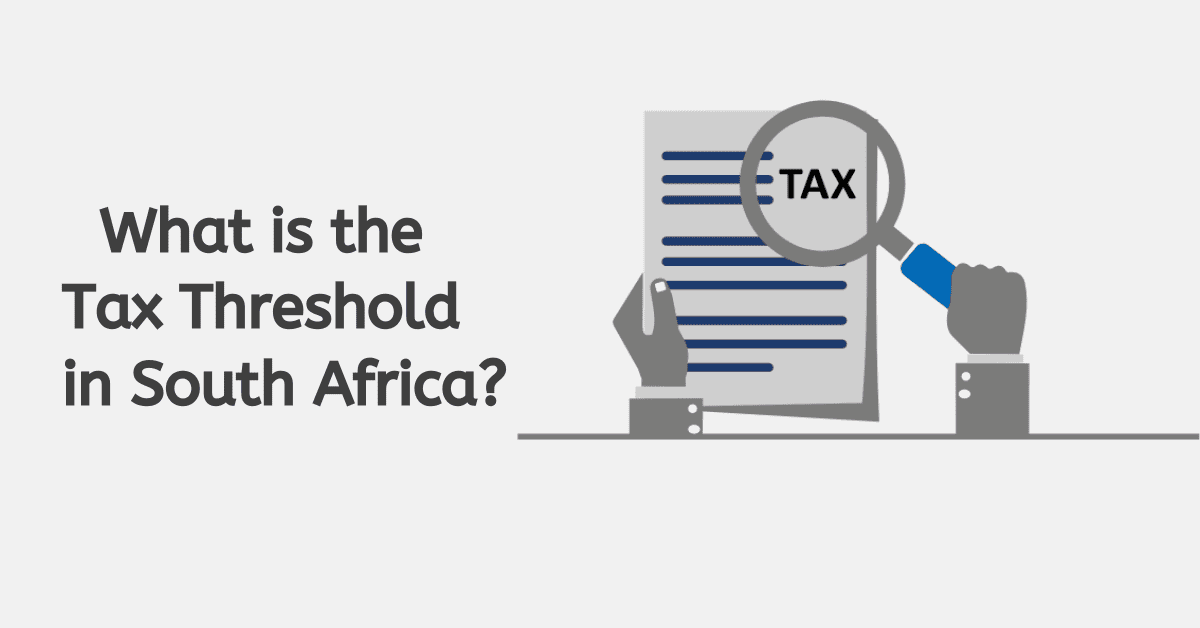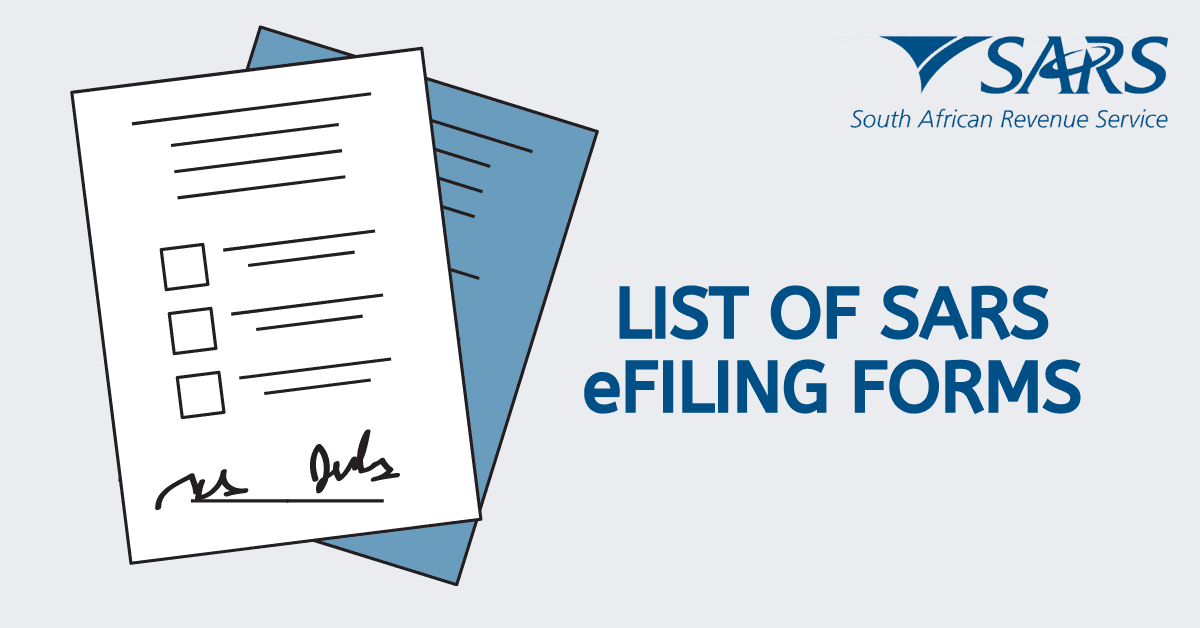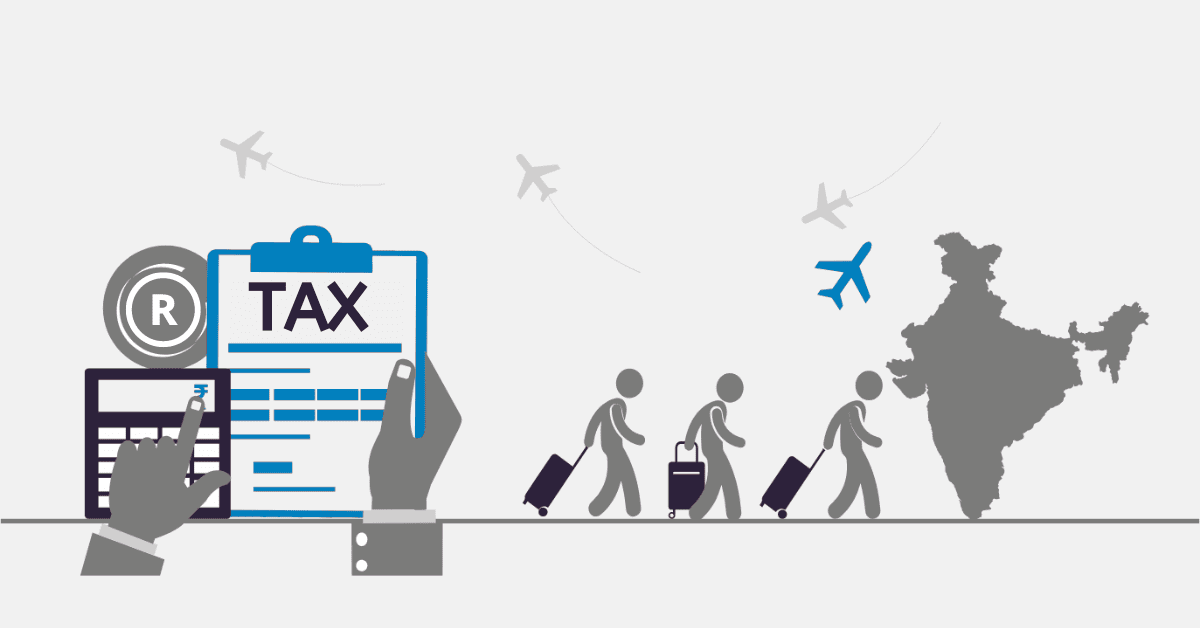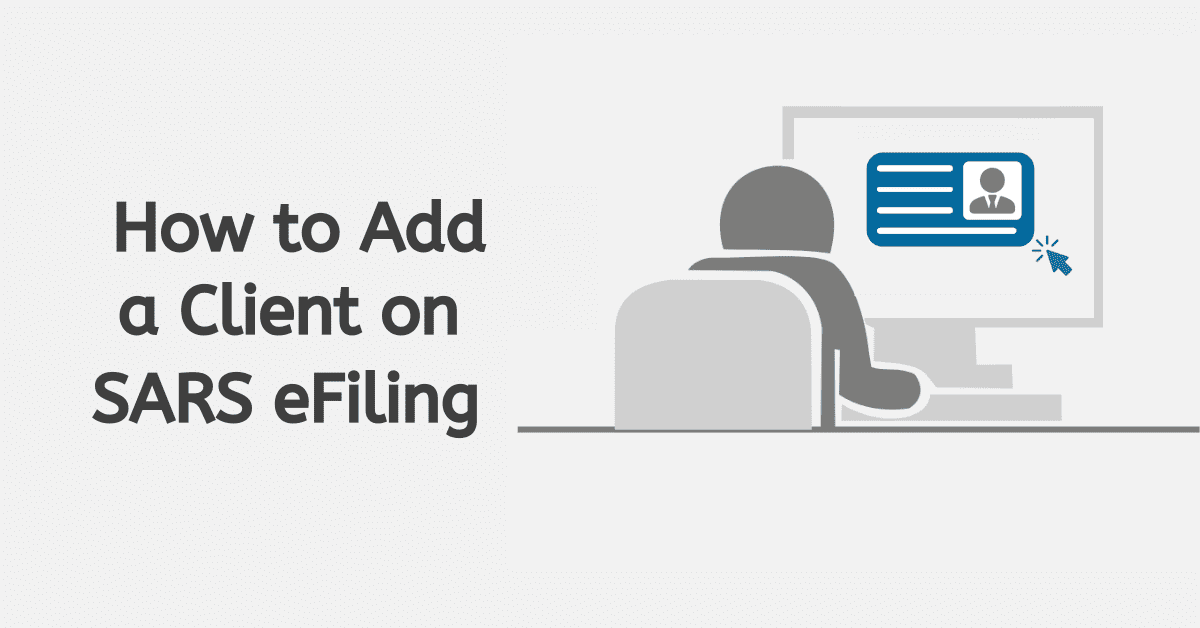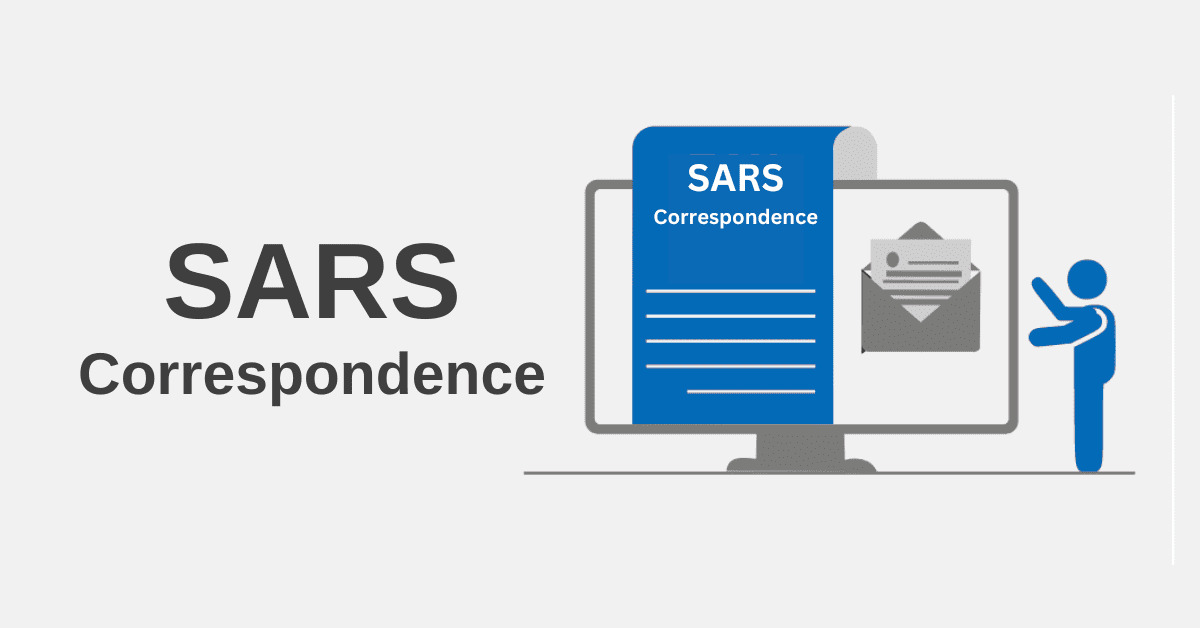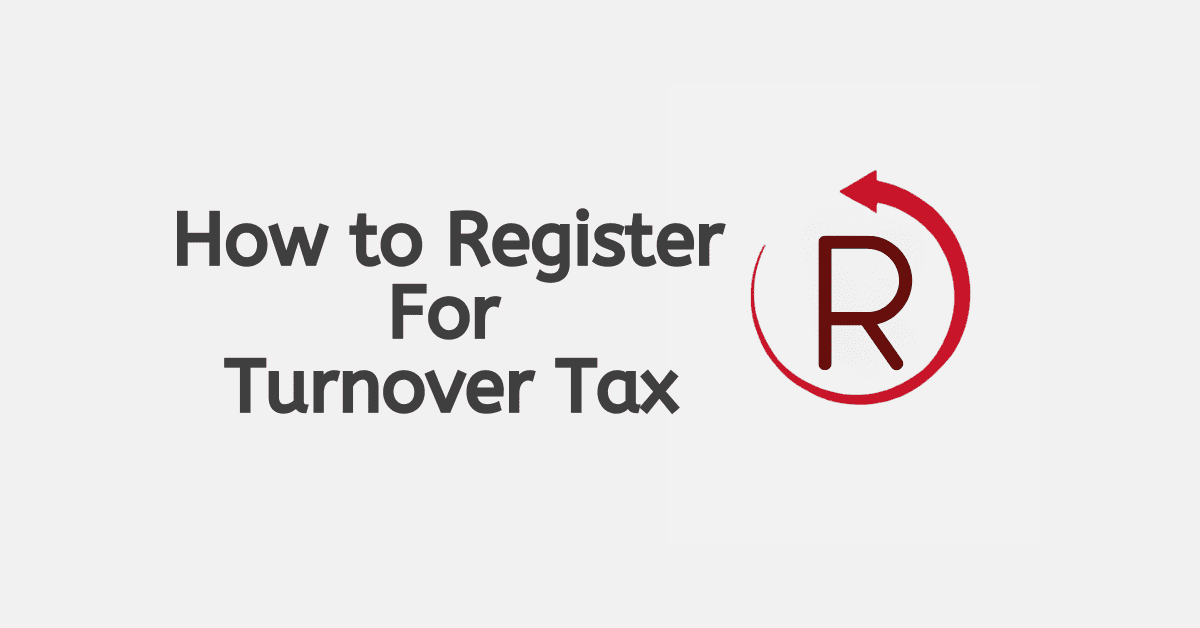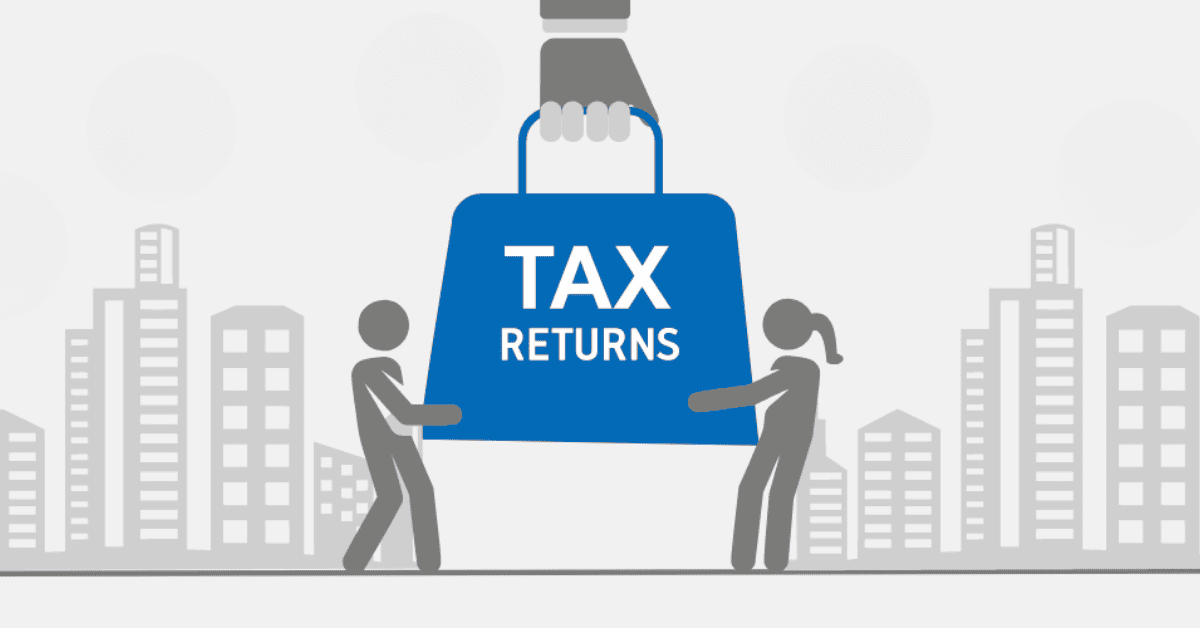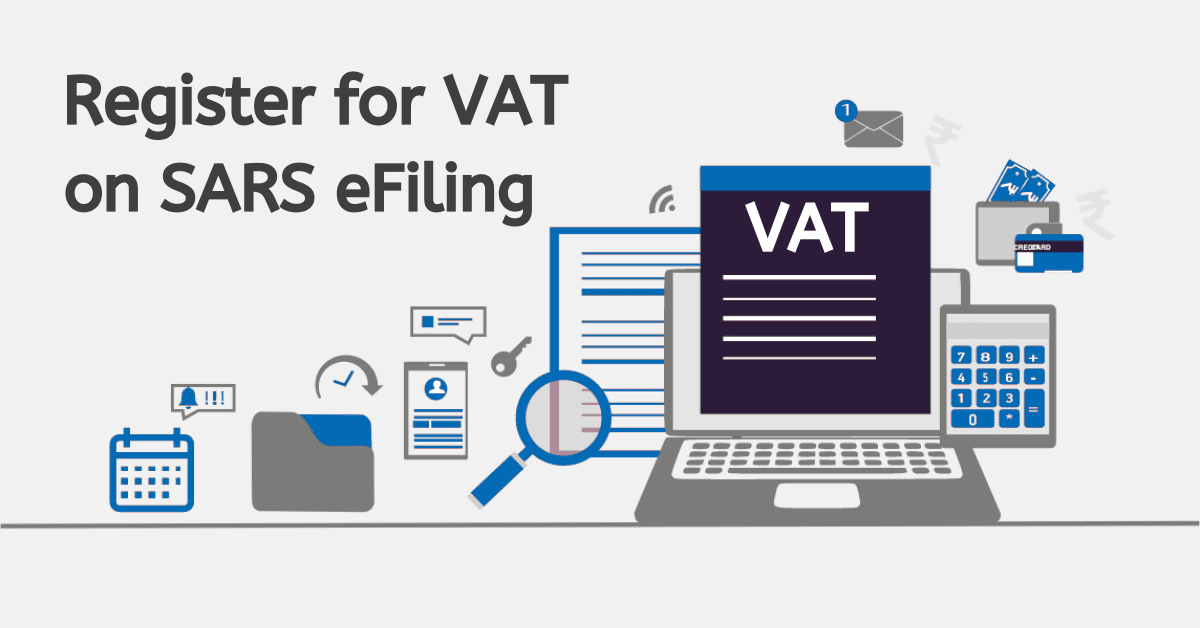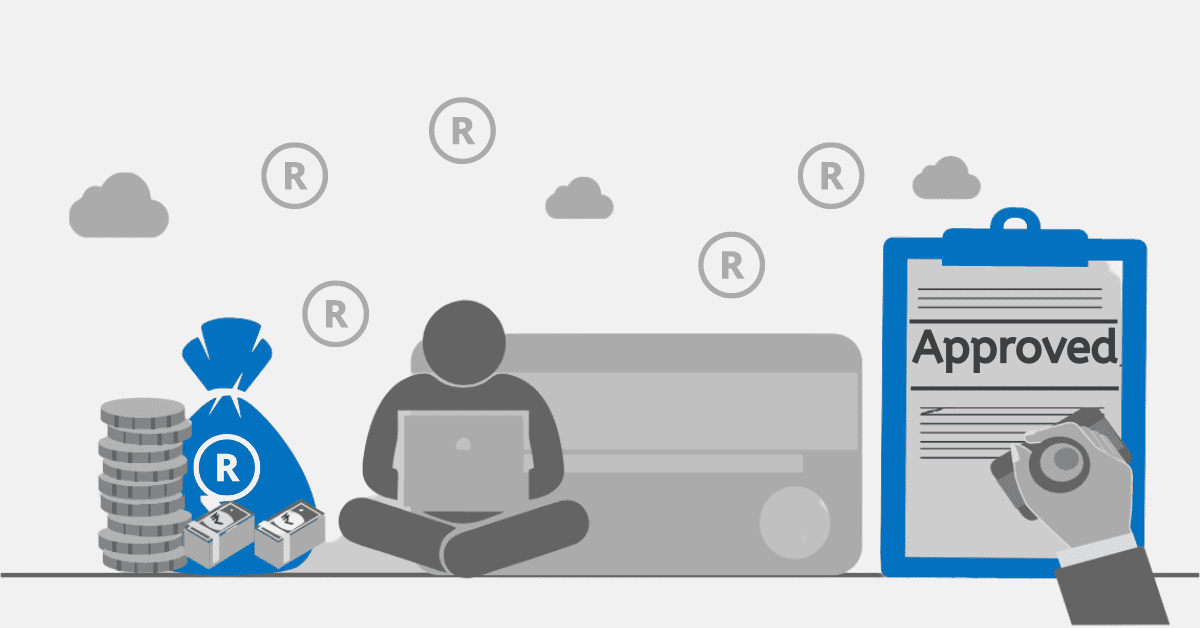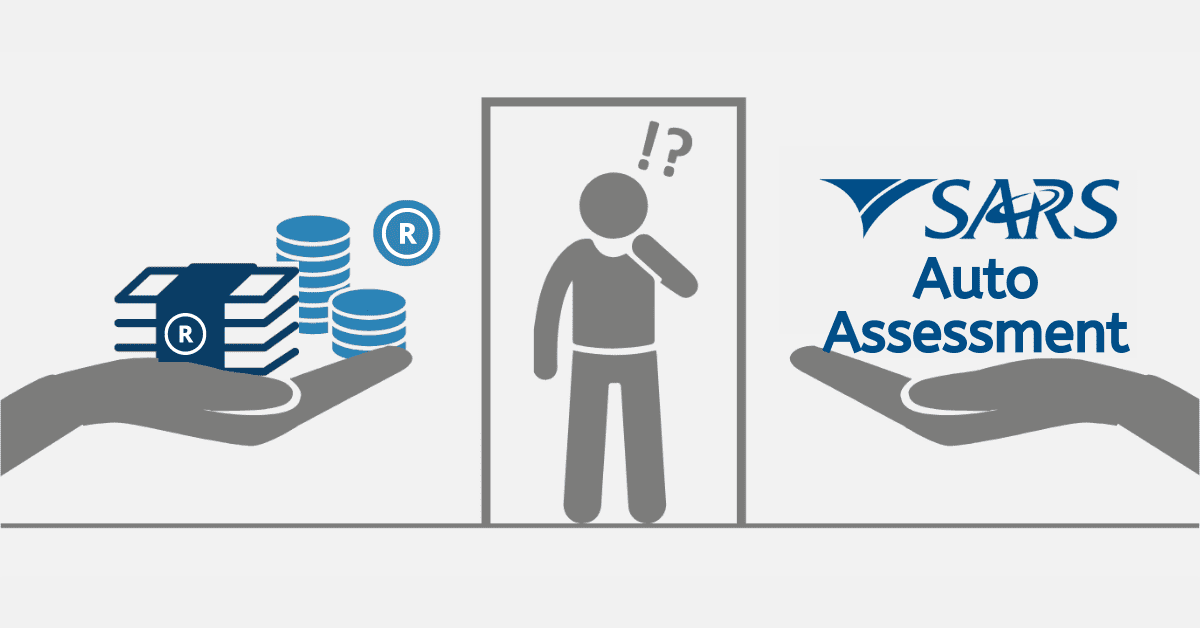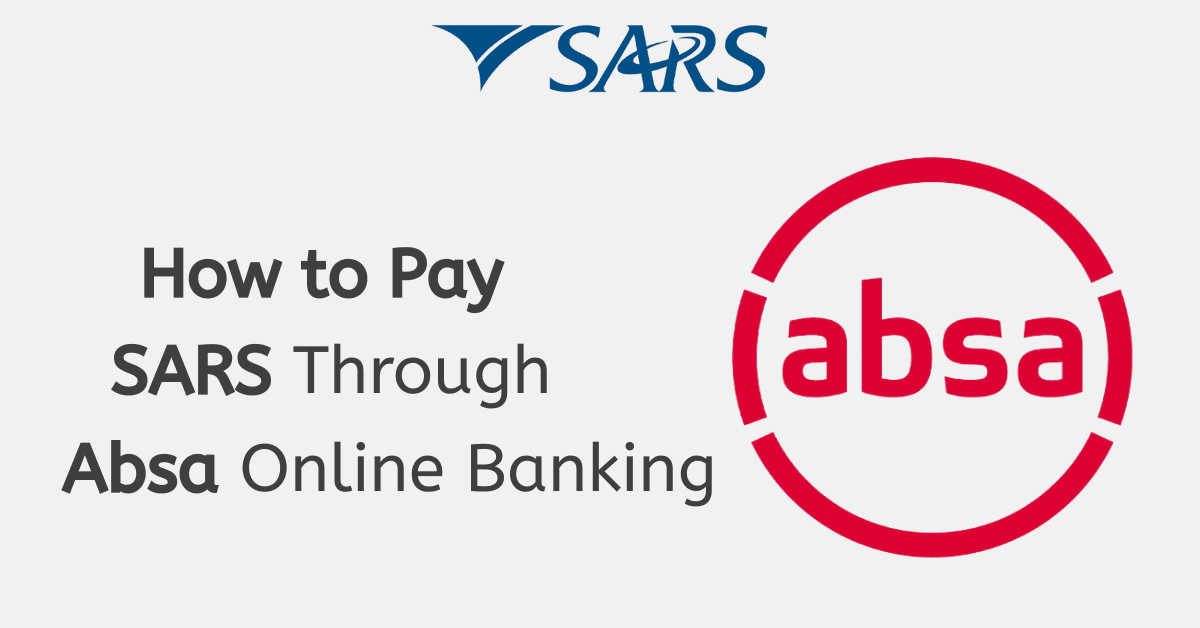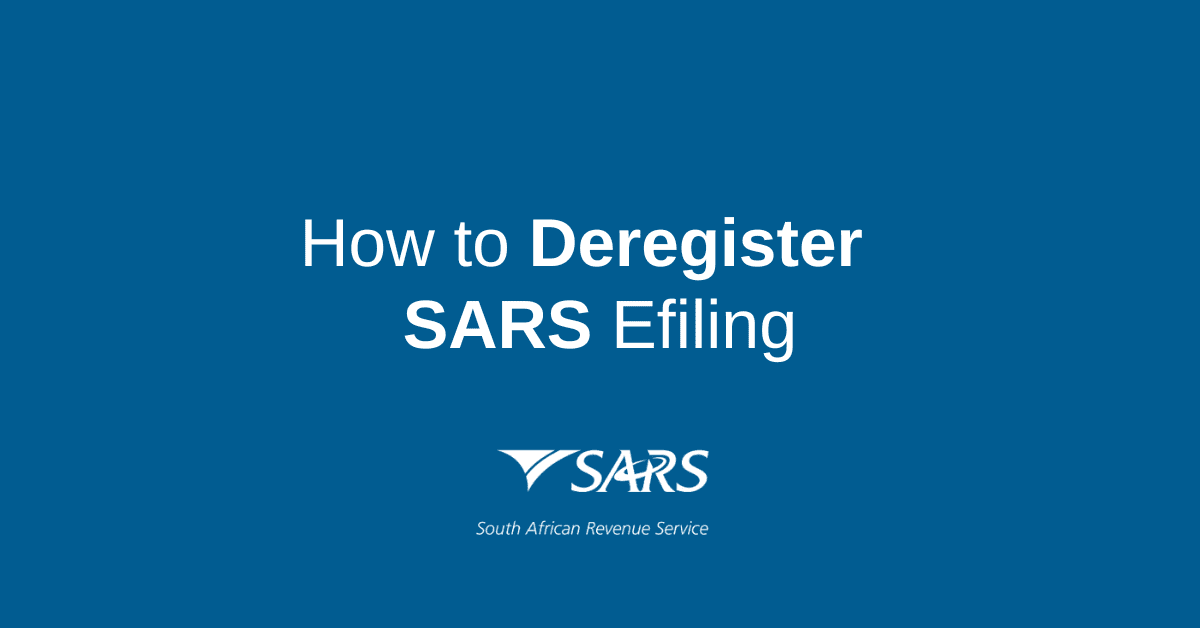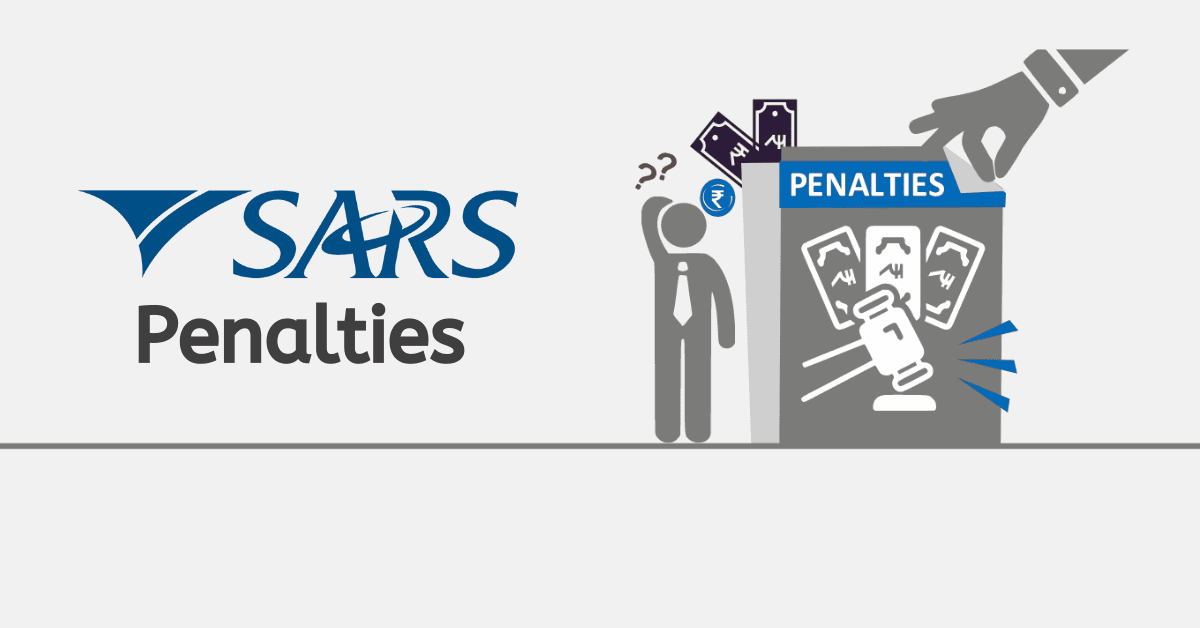A tax directive is an official ‘order’ from the South African Revenue Service (SARS) to deduct specific amounts from an individual or company. Typically, it’s used either where you need to catch up on backlogged owed taxes or where a tax-related deduction from a lump sum is needed. You can apply for tax directives yourself in order to help you become compliant with SARS once again, or SARS may force a tax directive on your account. Here’s everything you should know about this form of enforced payment arrangement.
How do I Add a Tax Directive to eFiling?
A tax directive is a request to SARS to change the way in which your tax is deducted, paid or refunded. You can apply for a tax directive to help you become tax compliant again if needed. You can add a tax directive to your eFiling account in the following steps:
- Go to the SARS eFiling website and log in to your account using your username and password.
- From the dashboard, select the “Tax Directives” tab to access the tax directive management section of the site.
- Select the type of tax directive you want to add, such as a provisional tax directive or a salary tax directive. This typically aligns with the tax type you need to pay.
- Fill out the form with the required information, such as the amount of tax you want to have deducted or refunded.
- If necessary, attach any supporting documents to the tax directive form at the prompt
Once you have completed the form and attached any necessary documents, submit the tax directive by clicking the “Submit” button. You can monitor the status of your tax directive by returning to the “Tax Directives” tab. SARS will update the status of the tax directive as it is processed, or provide a reason for rejection.
How do I Upload Supporting Documents to SARS?
You will typically be prompted to upload the necessary supporting documents as part of the process of creating a SARS tax directive on your side. At the point where you are asked to upload your supporting documents, you can navigate to their digital copies on your PC or mobile and attach them to the request via the ‘upload’ button. This works very similarly to attaching any digital document, as you may have already done via email before. SARS will accept pdf, jpg, png, doc/docx, and other common file types for your supporting documents. Ensure they are not password protected.
Once you have added all the supporting documents required (in the same master screen), you can click on ‘submit’ to upload them to SARS and, if necessary, continue with the rest of the screen prompts.
Occasionally SARS will ask you to provide further supporting documents on a query, case, or tax form. This request will appear in the ‘SARS Correspondence’ tab and will typically include a link to allow you to update your supporting documents.
What Does it Mean if SARS Issued a Tax Directive?
As we have seen, a tax directive issued by the South African Revenue Service is a request to change the way in which your tax is deducted, paid, or refunded. While this is commonly requested by the taxpayer, it can also be initiated by SARS. SARS will typically choose to do this for accounts that are badly non-compliant as a method to force you to bring your account into compliance and meet your legal requirements to pay tax.
When SARS issues a tax directive, it means that they have determined that a change is necessary in the way your tax is being handled. For example, they may issue a tax directive to increase the amount of tax being deducted from your salary or to change the frequency of payments. Alternatively, SARS may issue a tax directive to refund an overpayment of tax to the taxpayer, a case where a tax directive works on your behalf.
It is important to comply with a tax directive issued by SARS, as failure to do so may result in penalties or interest charges. In extreme circumstances, legal proceedings may follow if a tax directive is not honoured, although SARS typically prefer to work with the taxpayer instead of enacting severe punitive measures.
If you have questions about a tax directive issued by SARS, or if you disagree with the directive, you can contact SARS for clarification or to request a review of the directive.
Why did SARS decline my Tax Directive?
A tax directive you request from SARS can be declined for several reasons. Don’t panic immediately- sometimes, you will simply need to offer a different plan or provide missing supporting documents. Here are some common reasons why SARS may decline a tax directive:
- If the information provided on the tax directive form is incomplete or incorrect
- SARS may require additional supporting documents to verify the information provided on the tax directive form. If these documents are not provided, SARS may decline the directive.
- If the tax directive is for a tax refund and there are insufficient funds in the taxpayer’s account to cover the refund.
- Tax directives are only available to eligible taxpayers, such as individuals and businesses registered for tax in South Africa. If the taxpayer is not eligible, SARS may decline the directive.
- SARS may decline a tax directive if the taxpayer is not in compliance with tax laws, such as failing to file tax returns or pay taxes owed.
- SARS may decline a tax directive due to administrative errors, such as incorrect bank details or incorrect calculation of taxes owed.
If your tax directive has been declined by SARS, you will receive a notification explaining the reason for the decline. You can contact SARS for clarification or to request a review of the decision. If necessary, you can also submit the tax directive again with the correct information and supporting documents.
A tax directive can be a useful tool in many situations, so it pays to properly understand how they work and how to create them in the SARS system. Hopefully, you now feel empowered to work more closely with tax directives.
